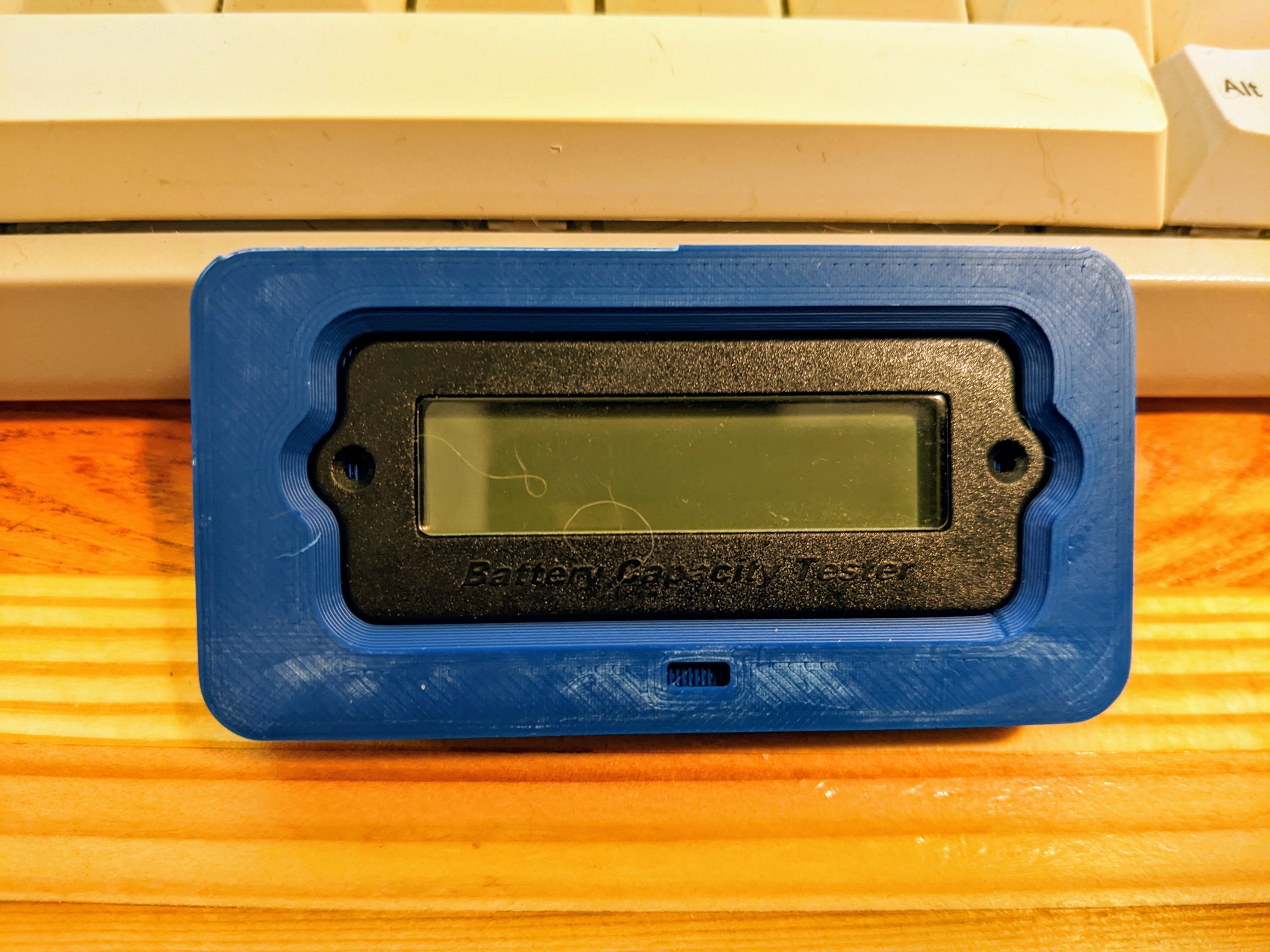view the rest of the comments
3DPrinting
3DPrinting is a place where makers of all skill levels and walks of life can learn about and discuss 3D printing and development of 3D printed parts and devices.
The r/functionalprint community is now located at: or !functionalprint@fedia.io
There are CAD communities available at: !cad@lemmy.world or !freecad@lemmy.ml
Rules
-
No bigotry - including racism, sexism, ableism, homophobia, transphobia, or xenophobia. Code of Conduct.
-
Be respectful, especially when disagreeing. Everyone should feel welcome here.
-
No porn (NSFW prints are acceptable but must be marked NSFW)
-
No Ads / Spamming / Guerrilla Marketing
-
Do not create links to reddit
-
If you see an issue please flag it
-
No guns
-
No injury gore posts
If you need an easy way to host pictures, https://catbox.moe may be an option. Be ethical about what you post and donate if you are able or use this a lot. It is just an individual hosting content, not a company. The image embedding syntax for Lemmy is 
Moderation policy: Light, mostly invisible

The mold was likely 24mm. There could be some shrinkage or a the shot of plastic was a bit light for that set.
Or, it was actually 23.22mm and the dimensions were calculated from another reference point, like PCB or LCD size. If anything, .22mm was supposed to be .25mm clearance.
Translating CAD into plastic and back into CAD can be a very strange thing sometimes.
Edit: I reverse engneer a ton of things in CAD. Sometimes just some calipers work, but for curves, pictures + calipers + gauges are the way to go. Sometimes, if you get core dimensions correct, the correct curves can "emerge" from the design itself, but that is a somewhat rare dark art. Pro-tip: A reverse engineered part is almost never going to be perfect, but almost always has the potential to be better than the original.